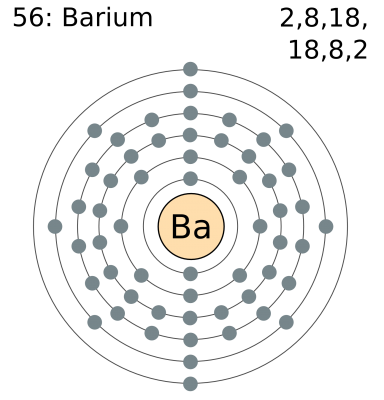
Vincentius Casciorolus was a shoemaker, who had great interest in alchemy. In the early 1600s, he learned about a heavy, silvery-white mineral with remarkable properties in the mountains near Bologna, Italy. He was very excited at the news and thought that it was the ‘Philosopher’s Stone’, which alchemists thought could be the substance that could make gold.
When this mineral was heated and combusted, its product gave out a phosphorescent red glow. In addition, if sunlight was introduced to the combusted material, it would glow in the dark for an hour afterwards. Now we know that this mineral, which excited Casciorolus and many others, was baryte, BaSO4.
Though the discovery was a profound moment in science, it was quite useless for the discoverers who were trying to make gold from other metals. This stone, rather than being the ‘Philosopher’s Stone’, became the ‘Bologna Stone’.
About 170 years later, Carl Scheele, a scientist in Sweden, discovered a new earth metal. Because it was very heavy, he called it terra ponderosa, which means ‘heavy earth’ in Latin. Additional research showed that this heavy metal was the same as the Bologna stones.
A little more than 25 years after that, Sir Humphrey Davy was finally able to figure out how to obtain a pure sample of this mineral, which he called barium (BAR-ee-um), based on the Greek Word barys, which means ‘heavy’. The Bologna stones were found to be baryte, which is a combination of the elements barium, sulfur, and oxygen.
Picture Credit : Google




